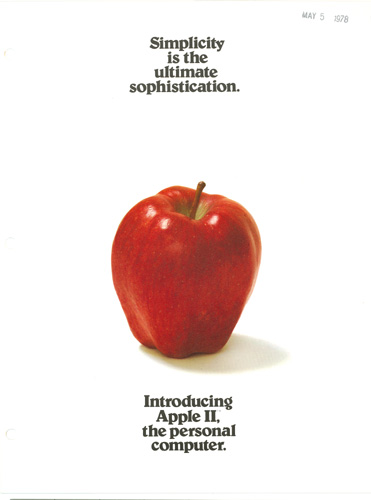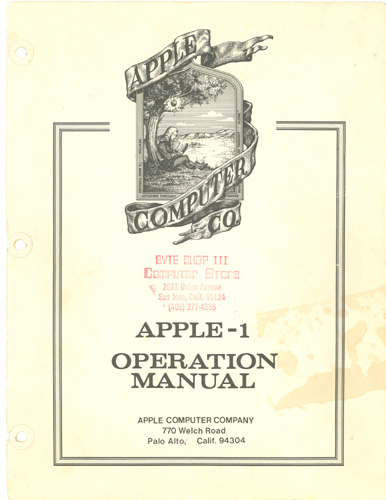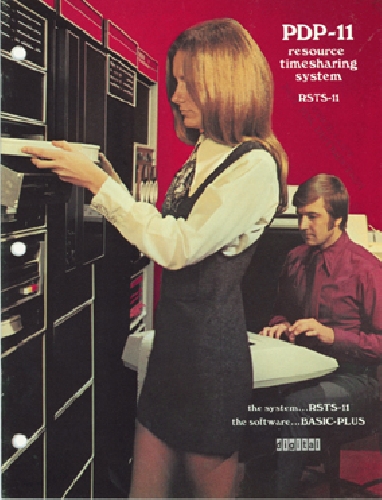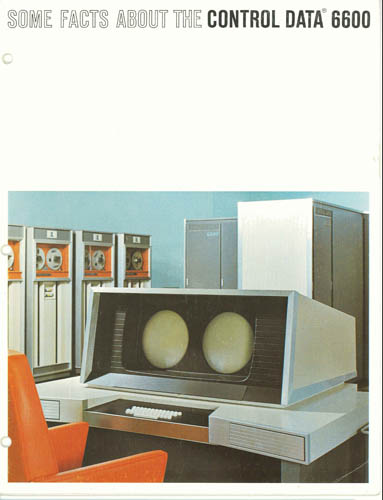Selling the Computer Revolution

When it comes to computing, I'm practically a fossil. My earliest experiences began back in 1965 when I was enrolled in an honors high school math class. My teacher, Miss Johnson, Ed.D., had arranged for her students to create and run BASIC programs. We accessed a GE mainframe running at MIT via a 110-baud teletype with an attached papertape reader and punch. The TTY communicated at 10 characters per second. Each character was transmitted asynchronously as 11 bits: 1 start bit; 7 ASCII bits; 1 parity bit; and 2 stop bits (2 stop bits were required to give the printhead sufficient time to return to its initial starting position).
The Computer History Museum in Mountain View, California has created a collection of old Marketing Brochures that are priceless.
I remember purchasing an Apple II computer back in 1978. It literally connected to my TV set which it used for for its visual display, and like the TTY, the Apple II keyboard only supported uppercase characters.

Check out the original Apple logo that appeared on a 1976 operation manual from an Apple I. It's quite different than the Apple logo from my Apple II which consisted of multi-colored horizontal bands shaped like an Apple with a bite taken out.

In 1969, I began working with DEC's 12-bit PDP-8 minicomputers. I can vividly remember when its successor, the 16-bit PDP-11 minicomputer, was originally introduced. Check out the mini-skirt on the brochure cover below.

My first real job after graduate school was at Control Data Corp. where I had the privilege of working on the world's first supercomputer, the CDC 6600, designed by the legendary Seymour Cray. This 60-bit ones-complement machine (it supported both positive and negative zeroes) was surrounded by twenty peripheral processors, one of which drove its awesome operator console, shown below:

Thank you Computer History Museum for a wonderful walk down memory lane.
 Site Feed
Site Feed

0 Comments:
Post a Comment
<< Home